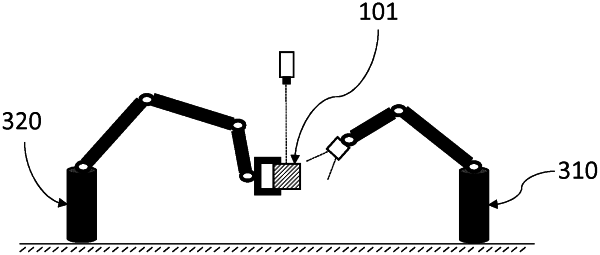| CPC G06V 20/95 (2022.01) [G06F 18/2111 (2023.01); G06F 18/214 (2023.01); G06F 18/24 (2023.01); G06F 18/285 (2023.01); G06T 7/70 (2017.01); G06V 10/771 (2022.01); G06V 10/87 (2022.01); G06V 20/10 (2022.01); G06T 2207/20081 (2013.01)] | 4 Claims |

|
1. A computer-implemented method for determining if an object is similar to a set of genuine objects, the method comprising:
a) obtaining a digital representation of the object to be authenticated;
b) inputting the digital representation of the object to be authenticated to a classifier algorithm to obtain a decision value indicating if the digital representation of the object to be authenticated is of sufficient quality to enable its classification as a fake or as a genuine object, wherein the classifier algorithm has been trained using only digital representations of a set of genuine objects, wherein the classifier algorithm has been trained using a plurality of digital representations for each of a plurality of genuine objects, each digital representation of each genuine object being acquired using a least one sensor, and wherein the plurality of digital signal representations for each genuine object includes digital representations obtained at a plurality of predetermined genuine object positions and orientations relative to the sensor position and orientation;
c) determining if the digital representation of the object to be authenticated is of a good enough quality to enable the object classification as a fake or as a genuine object according to the decision value;
d) in response to determining that the digital representation of the object to be authenticated is of a good enough quality to enable the object classification as a fake or as a genuine object, calculate a cross-correlation signal SNR based on the digital representation of the object to be authenticated and a reference pattern representative of the set of genuine objects and check that the cross-correlation signal SNR is above a predetermined threshold value to identify from the feature vectors that the object is similar to the set of genuine objects; and
e) in response to determining that the digital representation of the object to be authenticated is not of a good enough quality to enable the object classification as a fake or as a genuine object, identify that the object is not similar to the set of genuine objects but also not similar to any possible set of fake objects.
|